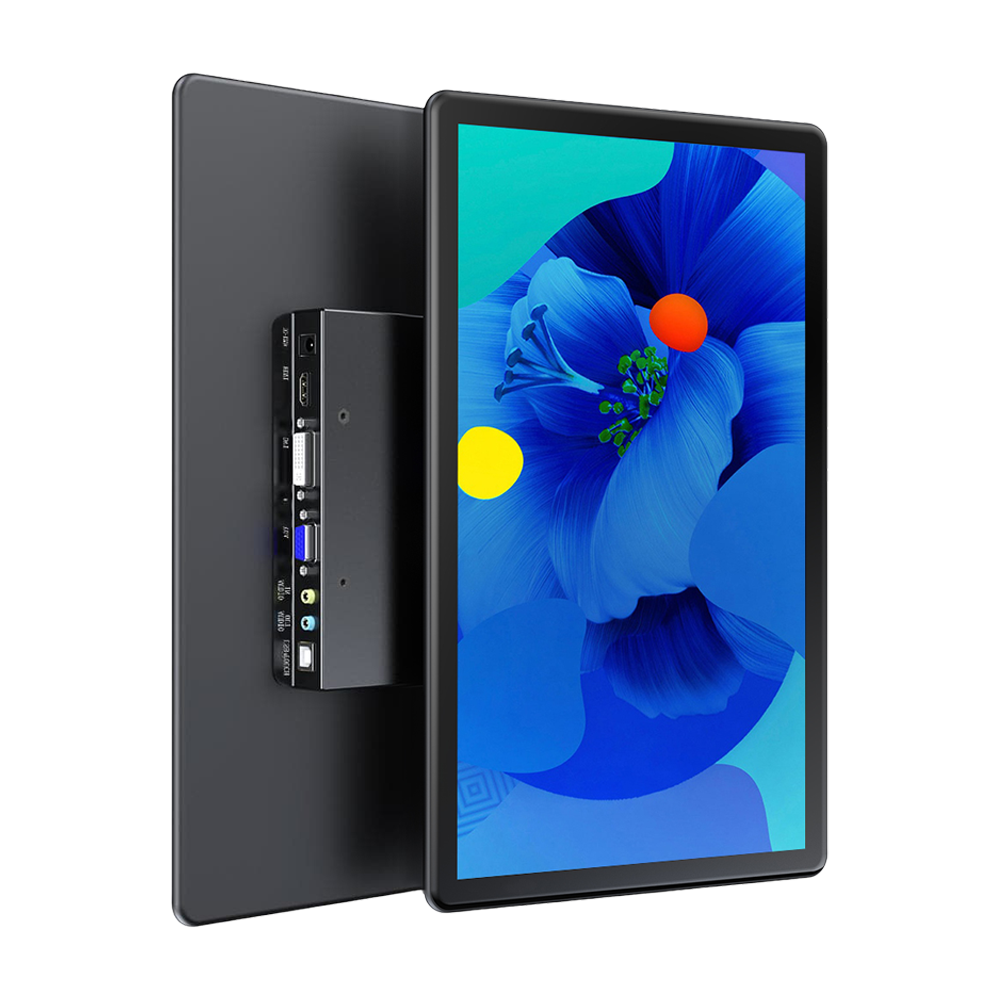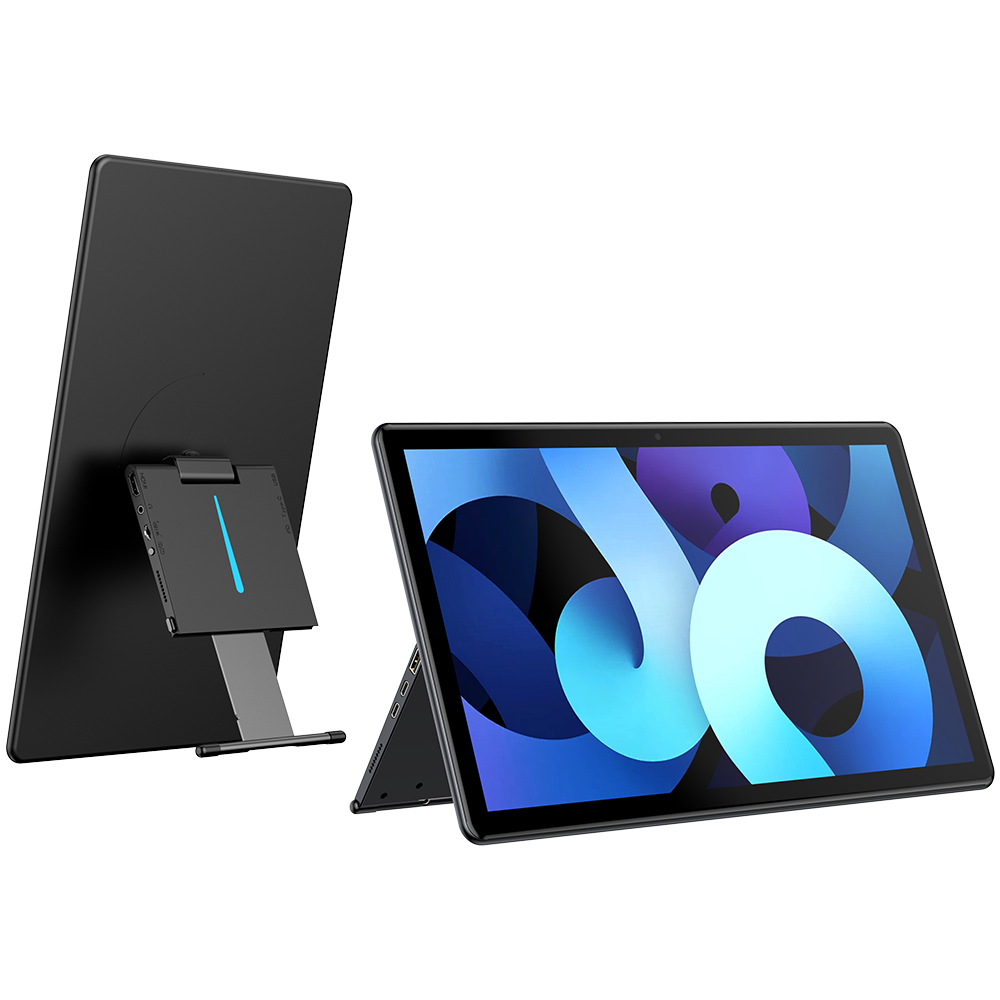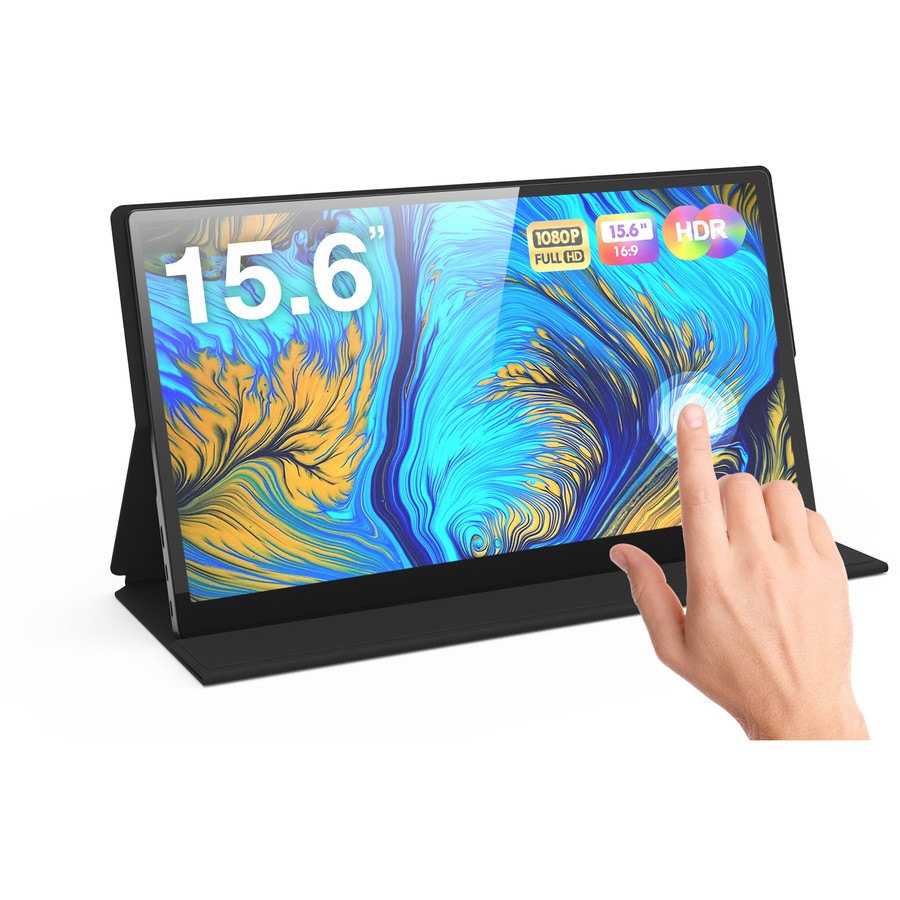Introduction to Touchscreen Monitors
The Evolution of Touchscreen Technology
Touchscreen monitors have transformed the way we interact with digital devices, providing a more intuitive and engaging user experience. From smartphones and tablets to desktop monitors, touchscreen technology has become ubiquitous in both personal and professional settings. Early iterations were primarily resistive screens, but advancements have led to the widespread adoption of capacitive touchscreens, which offer better sensitivity and multi-touch capabilities. These innovations have expanded the application of touchscreens across various industries, making them an essential component in modern technology.
Applications in Modern Life
Touchscreen monitors are used in numerous fields, from education and healthcare to retail and industrial settings. In classrooms, they facilitate interactive learning experiences, while in healthcare, they enable quick and efficient data entry and patient monitoring. Retailers use touchscreen kiosks for self-checkout and information. Industrial applications include human-machine interfaces (HMIs) for controlling machinery. In personal computing, touchscreen monitors enhance creativity and productivity, making tasks like graphic design, photo editing, and even gaming more immersive and intuitive. The versatility of touchscreen monitors underscores their growing importance in our daily lives.
Key Features of Touchscreen Monitors
Multi-Touch Capabilities
One of the standout features of modern touchscreen monitors is multi-touch capability. This allows the screen to recognize multiple touch points simultaneously. Multi-touch functionality is crucial for gestures such as pinch-to-zoom, swipe, and multi-finger taps, enhancing the efficiency and intuitiveness of the user interface. This feature is particularly beneficial in creative applications like graphic design or digital art, where precision and control are paramount. Additionally, multi-touch screens can facilitate collaborative work environments, allowing multiple users to interact with the screen simultaneously.

Stylus Support
Many touchscreen monitors offer stylus support, which can significantly broaden their usability. Styluses are particularly useful in fields such as graphic design, animation, and architecture, where precise input is needed. Monitors like the Wacom Cintiq series are designed specifically for artists, featuring high sensitivity and pressure levels to mimic traditional drawing tools. The Apple Pencil and Microsoft Surface Pen are also widely used, providing a natural and precise input method for a variety of creative tasks. Stylus support transforms touchscreen monitors into powerful tools for digital drawing, note-taking, and detailed design work.
Technical Specifications
Resolution and Display Quality
The resolution and display quality of a touchscreen monitor are critical factors that affect the user experience. Higher resolutions, such as 4K (3840×2160), provide sharper and more detailed images, which is essential for tasks requiring precision, like photo editing or CAD applications. Display quality is also influenced by factors such as color accuracy, brightness, and contrast ratio. Monitors with IPS (In-Plane Switching) panels tend to offer better color accuracy and wider viewing angles compared to TN (Twisted Nematic) panels. High-quality displays ensure that the touchscreen monitor meets the visual standards required for professional and personal use.
Response Time and Refresh Rate
The Response time and refresh rate are important technical specifications that can impact the performance of a touchscreen monitor, especially in gaming and high-speed applications. Response time, measured in milliseconds (ms), indicates how quickly a pixel can change from one color to another. Lower response times reduce motion blur and ghosting, providing a clearer and more responsive display. Refresh rate, measured in hertz (Hz), indicates how many times the screen updates per second. Higher refresh rates, such as 144Hz or 240Hz, provide smoother visuals, which are particularly beneficial in fast-paced gaming. These specs play a crucial role in ensuring a fluid and enjoyable user experience.
Usability Factors
Ergonomics and Adjustability
Ergonomics and adjustability are vital factors in the usability of touchscreen monitors. Given the interactive nature of touchscreens, it’s important that users can comfortably reach and interact with the screen without strain. Monitors with adjustable stands that offer height, tilt, and swivel adjustments can accommodate various user preferences and working positions. Some models, like those designed for graphic design, include features like a rotating screen that can switch between landscape and portrait orientations. Proper ergonomics ensure that users can work more efficiently and comfortably, reducing the risk of strain and fatigue during prolonged use.

Connectivity Options
A well-rounded touchscreen monitor should offer a variety of connectivity options to integrate seamlessly with other devices. Standard inputs such as HDMI, DisplayPort, and USB are essential for connecting to computers and other peripherals. Some monitors also include USB-C ports, which offer faster data transfer, power delivery, and support for video output in a single cable. Additional features like built-in USB hubs, Ethernet ports, and card readers can enhance the monitor’s versatility and convenience. Comprehensive connectivity options ensure that users can easily connect their touchscreen monitor to a wide range of devices, enhancing its usability in different settings.
Comparing Popular Models
Dell P2418HT
The Dell P2418HT is a popular choice for both professionals and home users due to its excellent balance of features and affordability. This 24-inch Full HD IPS monitor offers a clear and vibrant display with wide viewing angles. The P2418HT’s 10-point multi-touch capability ensures smooth and accurate touch responses, while the adjustable stand provides ergonomic flexibility. Connectivity options include HDMI, DisplayPort, VGA, and USB 3.0, making it versatile for various setups. The Dell P2418HT is particularly well-suited for office environments, educational settings, and creative tasks where quality and touch functionality are paramount.
Microsoft Surface Studio 2
For those seeking a high-end touchscreen monitor, the Microsoft Surface Studio 2 stands out with its exceptional display and innovative design. This all-in-one PC features a 28-inch PixelSense display with a stunning 4500×3000 resolution, offering unparalleled clarity and color accuracy. The Surface Studio 2 supports the Surface Pen, providing a highly responsive and precise input method for artists and designers. Its zero-gravity hinge allows the screen to be effortlessly adjusted between upright and studio modes, catering to different working styles. While on the pricier side, the Surface Studio 2 is an excellent choice for creative professionals seeking top-tier performance and versatility.
Price vs. Performance
Budget-Friendly Options
When considering touchscreen monitors, it’s important to balance price and performance according to your needs and budget. Budget-friendly options like the Acer T232HL offer an affordable entry point without sacrificing essential features. This 23-inch Full HD monitor delivers reliable touch performance and includes a variety of connectivity options such as HDMI, DVI, and VGA. While it may not offer the advanced features of higher-end models, it provides solid performance for everyday tasks like browsing, office work, and light creative applications. Budget-friendly touchscreen monitors are ideal for users looking for functional yet affordable solutions.

High-End Models and Their Value
High-end touchscreen monitors, such as those from the Wacom Cintiq series, offer advanced features and superior performance, catering to professionals in fields such as graphic design, animation, and digital art. These models often include high-resolution displays, superior color accuracy, and advanced stylus support with pressure sensitivity. The additional cost of high-end models is justified by the enhanced performance and features they provide, which can significantly improve productivity and creative output. For professionals who rely on precise and high-quality displays, investing in a high-end touchscreen monitor offers substantial long-term value.
Choosing the Right Touchscreen Monitor
Summarizing Key Features
When comparing touchscreen monitors, it’s essential to consider key features such as multi-touch capabilities, stylus support, resolution, display quality, response time, and refresh rate. Additionally, usability factors like ergonomics, adjustability, and connectivity options play a crucial role in determining the overall user experience. Popular models like the Dell P2418HT and Microsoft Surface Studio 2 offer a range of features catering to different needs and budgets, highlighting the diversity available in the touchscreen monitor market.
Making an Informed Decision
Choosing the right touchscreen monitor involves assessing your specific requirements, whether for professional work, creative projects, or general use. Balancing the features and technical specifications with your budget ensures that you find a monitor that meets your needs without compromising on performance or quality. By understanding the various aspects of touchscreen monitors and comparing popular models, you can make an informed decision that enhances your productivity and enjoyment, whether in a professional setting or personal use. Investing in a suitable touchscreen monitor can transform the way you interact with digital content, providing a more intuitive and immersive experience.